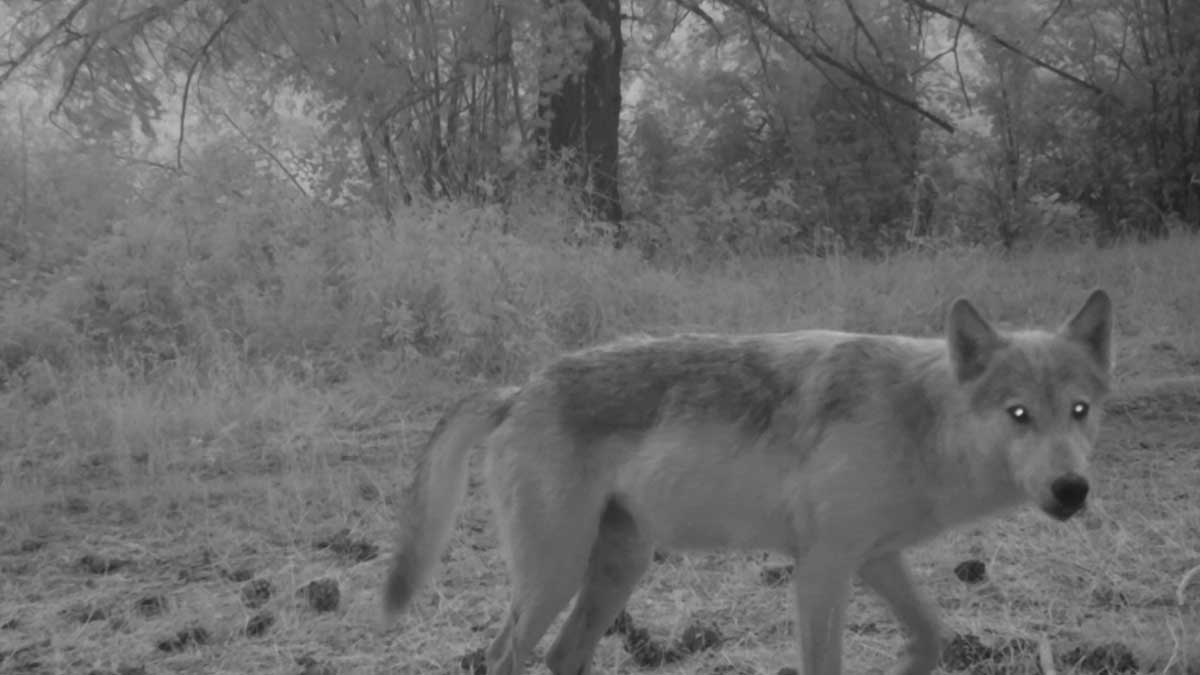Washington’s 2022 gray wolf annual report shows the population grew for the 14th consecutive year. The Washington Department of Fish and Wildlife and Tribes counted a minimum of 216 wolves in 37 packs, marking a five percent increase over 2021 numbers.
At the same time, a WDFW news release points out “because this is a minimum count, the actual number of wolves in Washington is higher. Since the first WDFW survey in 2008, the state’s wolf population has grown by an average of 23 percent per year.”
The report also shows WDFW spent $1,632,569 on wolf management during 2022. Below is the cost breakdown:
- $56,788 in reimbursement to 26 livestock producers for Damage Prevention Cooperative Agreements – Livestock (DPCA-L) non-lethal conflict prevention expenses (range riding, specialized lighting and fencing, etc.)
- $231,708 for 16 contracted range riders
- $8,178 for direct claims for livestock losses caused by wolves in 2021 but paid in 2022
- $6,249 for indirect claims for livestock loses in 2021 but paid in 2022
- $119,541 for lethal removal operations in response to depredations on livestock
- $1,210,105 for wolf management and research activities
(Photo source: Washington Department of Fish and Wildlife)
